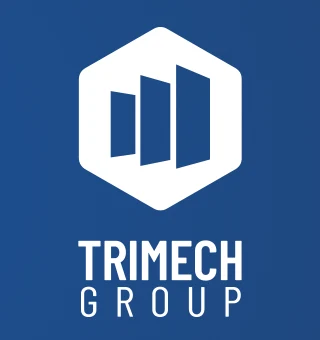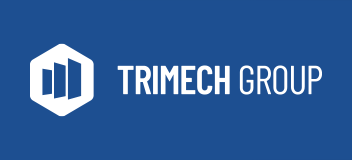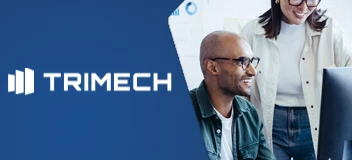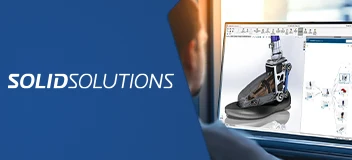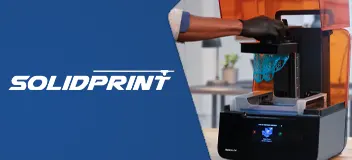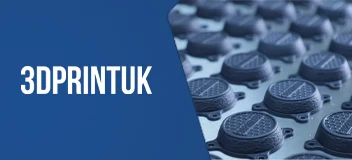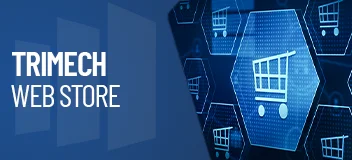How Home Inventors Stay Ahead: Selling Through Online Marketplaces
Making your first sale. It’s one of the most exciting things inventors look forward to as they near the final steps of the product development process. The good news is that you can get started on your own in the comfort of your own home with online marketplaces or e-commerce websites.
Even better is that there’s a ton of great platforms to choose from – all offering different benefits to help you gain an edge over your competitors depending on your needs. But which platform is the most suitable for your product business? Should you go with an online marketplace or build an e-commerce website? In this blog, we’ll be providing Amazon and Etsy help for inventors.
Both are popular online marketplaces where you can sell your physical products online. Online marketplaces differ from other platforms such as Shopify or Woocommerce. These last two are known as e-commerce platforms where you can build your customized website for your specific brand to sell your products. On the other hand, with online marketplaces, you can start selling without the need to build or code anything.

Ring Keeper: Amazon and Etsy help for inventors.
Etsy
Is a global online marketplace that offers a unique platform catered to inventors and buyers focused on selling handcrafted pieces, vintage goods, and other creative offerings. If you take a browse through their website, there isn’t a widescreen or smart device in sight. As a result, we think it’s a comfortable platform the helps first-time inventors who are trying to decide between Amazon and Etsy. It certainly works wonders for our client Dhérèse! In fact, her product, the Ring Keeper, has over 40 five-star reviews already!
Pros
- Focused target audience: Thanks to their unique focus on creative goods, you’ll have an easier time getting your product in front of the customers who care.
- Simple pricing model: No extra monthly fees, secure transactions, automatic deposits, and seller protection.
- Promote and advertise: They offer a handful of advertising tools to help you market your product within and outside of Etsy’s platform. In addition to advertisements, you can create coupons or exclusive email offers to help generate even more sales.
- Basic branding: Easy to design a basic store page that matches the aesthetic of your products.
Cons
- With 81.9 million buyers, Etsy has a considerably small reach than Amazon.
- Because Etsy focuses on a niche buyer, you might have some challenges differentiating your product – especially if you find competitors offer similar products.
- Limited customization options compared to building your own website.
Starting Price
- $0.25 fee to list your product on the store (listings last for four months)
- 5% transaction fee, a 3-4% and a CA$0.25 payment processing fee
- 15% fee for any sales made through an offsite advertisement
Amazon
Unless you’ve been living under a rock for the last decade, this online marketplace needs no introduction. With over 300 million accounts worldwide and 150 million Prime memberships, no online marketplace comes even close when it comes to global reach.
Pros
- Fewer product restrictions: Etsy has specific rules on what can be sold on its platform. Amazon has very few in comparison.
- Visibility: Due to Amazon’s popularity, product listings from this online marketplace rank at the top of Google search results.
- Handmade category: In direct competition with Etsy, Amazon offers an “artisan-only” space for inventors to sell handmade goods. The caveat is that
- Fulfillment: If you’re interested in paying extra for Amazon Fulfillment (FBA), they’ll take care of picking, packing, customer services, shipping and returns. On top of it all, products shipped through with Amazon fulfillment qualify for two-day Prime shipping. A benefit, most Prime members look for when they’re shopping on Amazon.
Cons
- Competition: Today, everyone wants a piece of the Amazon pie – so expect a lot of competition.
- Limited Branding: Like Etsy, Amazon offers storefront customization. However, there’s very little you can do to design it and show off your brand.
- Amazon Basics: Without warning, Amazon can list a direct competitor to your product, often at a competitively lower price. From doggie poop to monitor arms, who knows what they’re going to produce next?
Starting Price
- $0.99 fee for each item sold
- $0.30 commission minimum (they call this a referral fee) on each sale for most categories
- $2.16 – $6.08 fulfillment fee for most standard packages under 3 lbs
- $0.48 – $2.40 monthly storage fees per cubic foot, depending on the month
Have a Product Idea?
Discover our product development services tailored to startups, small manufacturers, and inventors.
Design Newsletter
Get the latest news curated for designers, makers and inventors.
More from our Blog
Jeremy Siminoff’s Ring Video Doorbell Product Design Succeeds
Jeremy Siminoff has invested in his product design, Ring video doorbell previously known as DoorBot, and is finally starting to pay off with remarkable success!
MAKO Invent & Ryerson University’s Student Invention Award
MAKO Invent, Ryerson University, and RBC Royal Bank have teamed up for the first annual Student Invention Awards at Ryerson’s Digital Media Zone, Toronto, Ontario,…
TriMech Design Top Invention Help Tips for Product Development
Our Toronto team has gathered the best invention help tips that are sure to give you clarity on what steps to take to realize your...
Need help with your Product Idea?
Tell us about your invention or product design idea and get the help you need design, build and bring it to market
